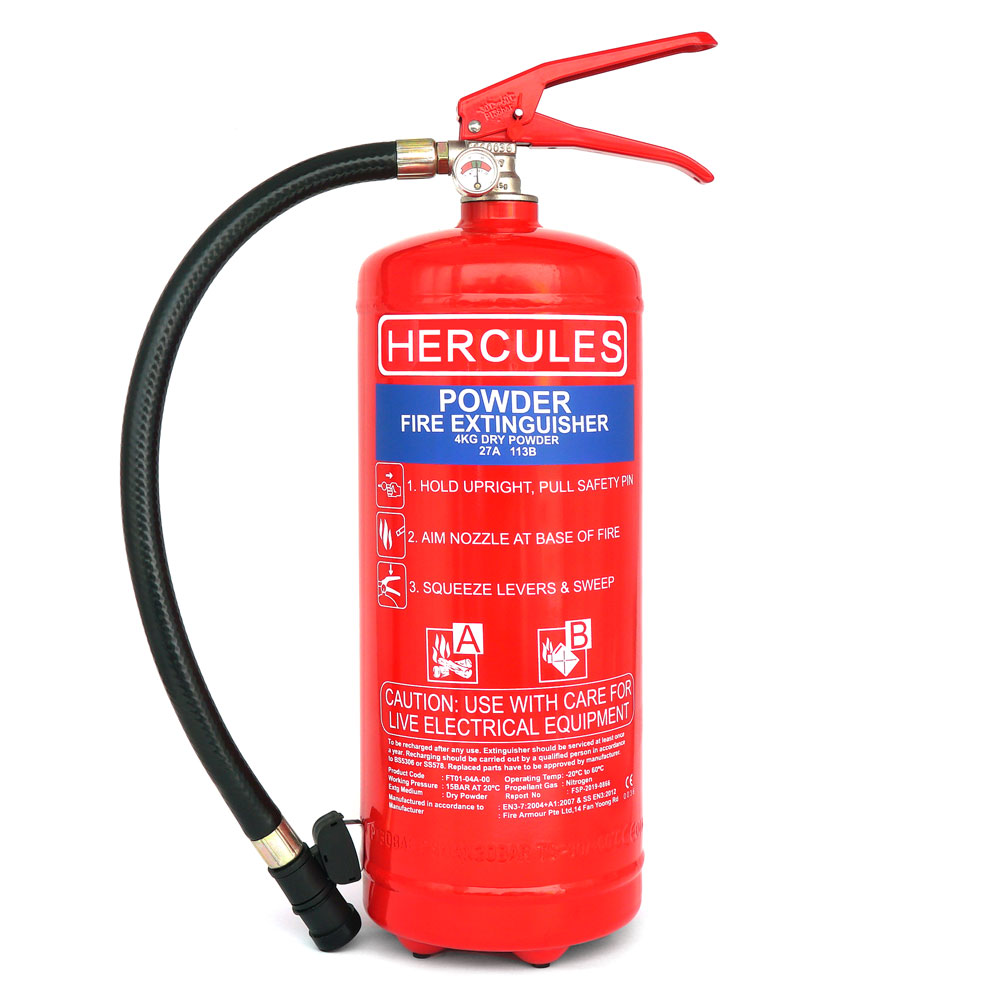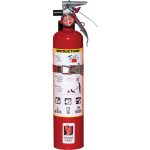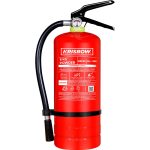Fire extinguishers are crucial safety devices that can save lives in emergencies. Proper inspection and maintenance ensure that these devices function effectively when needed. Regular checks help prevent malfunctions and confirm that your extinguishers are compliant with safety regulations. This guide will outline the steps and best practices for conducting a proper fire extinguisher inspection, helping you secure peace of mind in case of a fire.
Understand the Importance of Inspections
The Role of Fire Extinguishers
Fire extinguishers play a critical role in fire safety, acting as the first line of defense against small fires. Their ability to quickly suppress flames can prevent small issues from escalating into catastrophic events. While many people might think they can rely solely on the fire department for help, having a functioning extinguisher can buy invaluable time while waiting for professional assistance. The effectiveness of these devices relies heavily on proper maintenance, making inspections not just necessary but essential.
Regulatory Requirements
Various local, state, and national regulations dictate fire safety and extinguisher inspections. Organizations such as the National Fire Protection Association (NFPA) provide important guidelines that establish inspection protocols. These regulations often require annual inspections and determining who is qualified to conduct these inspections. Failing to comply with local laws can lead to fines and create liabilities in the case of an emergency. Understand the laws governing your area so you can ensure compliance, thereby maintaining safety while protecting your assets.
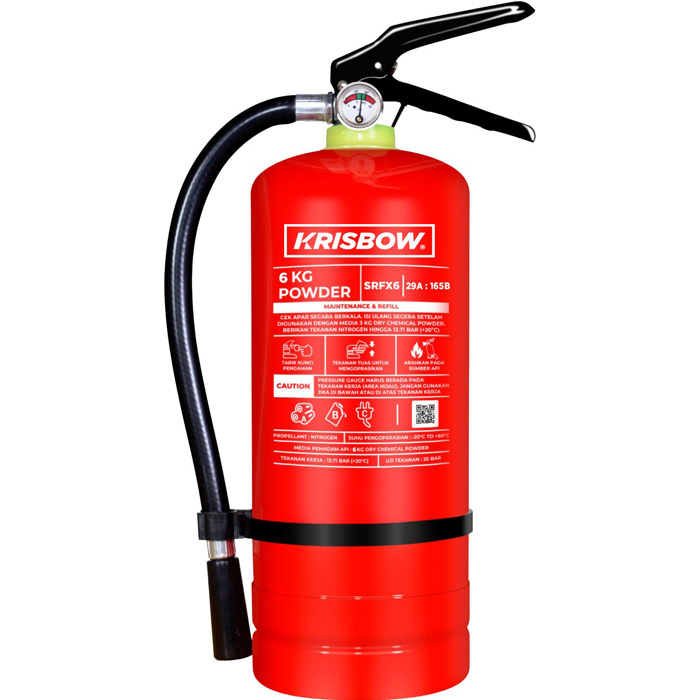
Check the Basics
Visual Inspection
Begin with a thorough visual inspection of each fire extinguisher, examining it from every angle for potential issues. Check for any visible signs of damage such as dents, rust, corrosion, or leaks that might indicate a compromised unit. The nozzle should be clear of any obstructions, as debris could severely affect its operation. The pull pin must be intact and seated correctly; any missing or broken components can jeopardize the effectiveness of the unit during a fire.
Additionally, inspect how the extinguisher is mounted. It should be securely placed on a wall or in a designated area where it’s easily accessible. If it’s stored in an area prone to falling objects, consider relocating it to a safer spot. A simple visual check can uncover many potential issues that could hinder performance when it matters most.
Verify Tags and Labels
Every fire extinguisher should have a current inspection tag visible on its body, indicating when it was last serviced and by whom. NFPA regulations typically require that extinguishers receive an inspection at least annually. Make sure the tag is filled out correctly and still attached; if it’s missing or if the inspection is overdue, it’s crucial to schedule a new inspection immediately.
Tags also provide information about the extinguisher’s classification and suitability for different types of fires. Familiarize yourself with these classifications—A, B, C, D, and K—so you can choose the right extinguisher for specific fire scenarios, enhancing your preparedness.
Examine the Pressure Gauge
Understanding the Pressure Gauge
Fire extinguishers often come equipped with a pressure gauge that indicates whether the device is charged and ready for use. This gauge typically features three color-coded zones: green for adequate pressure, red for too low (unusable), and a high zone that may require maintenance. Familiarize yourself with the gauge’s setup to quickly assess the unit’s readiness during inspections.
Understanding how to read the gauge not only makes inspections easier but also provides critical knowledge that can inform your actions in an emergency. If the needle is in the red zone, note that additional steps need to be taken before the extinguisher can be counted on in a fire.
Reading the Gauge
As you conduct your check, ensure that the needle is firmly in the green zone, indicating adequate pressure. If it’s in the red zone, the extinguisher is either over- or under-pressurized, rendering it ineffective during emergencies. For under-pressurized extinguishers, contact a professional service to recharge the unit. Keeping records of these readings can help manage overall safety compliance effectively.
If you notice any discrepancies or issues with the gauge, immediately tag the extinguisher for service and take it out of commission until it’s been properly evaluated. Ensuring that the entire monitoring system is accurate and functional is a critical part of the inspection process.
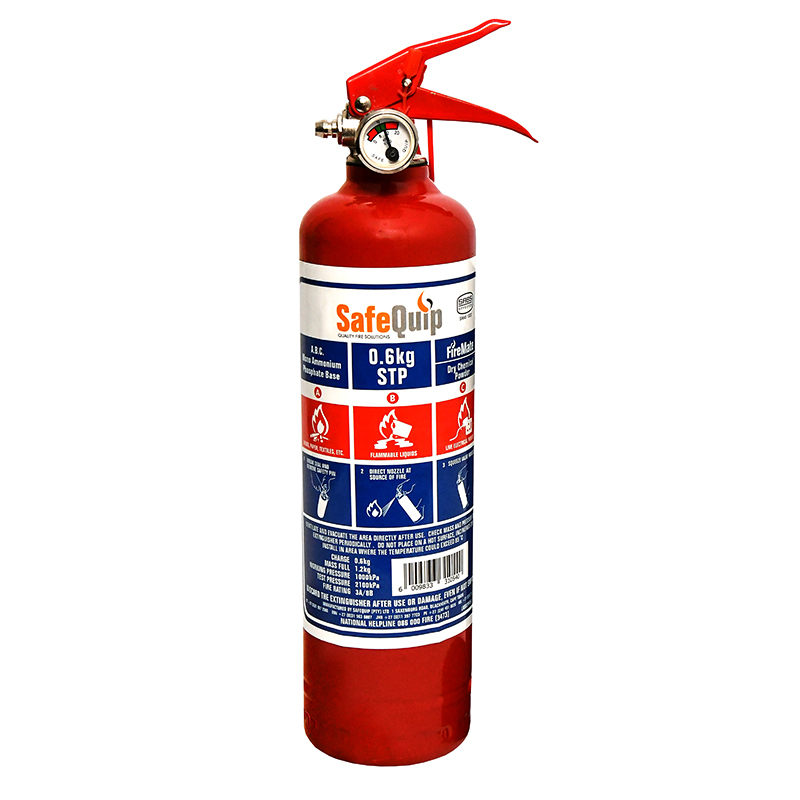
Inspect the Connection Points
Check for Serviceability
After you examine the pressure gauge, turn your attention to the connection points and hoses. This is crucial because a faulty hose can compromise the extinguisher’s effectiveness during a fire. Ensure that all seals and connections are intact, and that the hose feels flexible instead of hard and brittle. Cracked or damaged hoses may severely affect the extinguisher’s ability to discharge properly when needed.
Verify Operational Components
Inspect the discharge nozzle closely; it should be clean and free of blockages. Any debris or buildup can significantly impair the extinguisher’s performance. If you notice any obstructions, take the time to clean them gently. Furthermore, ensure that the locking mechanism functions smoothly; it should allow the pull pin to be removed and replaced without hassle. Any difficulty in operation could delay your response time should an actual fire occur.
You can also check the recommended operational tests, which may include a simple discharge test for certain types of extinguishers. This test confirms that the unit is discharging appropriately and allows you to assess how well it functions under real conditions.
Assess the Location and Accessibility
Ideal Placement
Fire extinguishers should be placed strategically for easy access during emergencies. Guidelines often state that extinguishers should be located within a reasonable distance—generally no more than 75 feet—of any area where a fire could potentially occur. Mounting them on walls or placing them in designated receptacles ensures visibility and easy access.
Consider factors such as the foot traffic and potential fire hazards in the area. If the extinguisher is always obstructed due to furniture or other items, it may not be accessible when needed. Review the placement of all extinguishers in your area to ensure they’re in optimal locations.
Assess Accessibility
Clearly visible signs should mark every fire extinguisher to indicate their location. Check that nothing obstructs access to the extinguishers, such as boxes or equipment. If necessary, refocus your attention to making the path clear, ensuring these lifesaving devices are ready for immediate use.
Moreover, consider conducting a walkthrough of your space with fire safety authorities to get their recommendations. Professional insights can enhance your placement strategy and provide additional tips on keeping your environment safe.
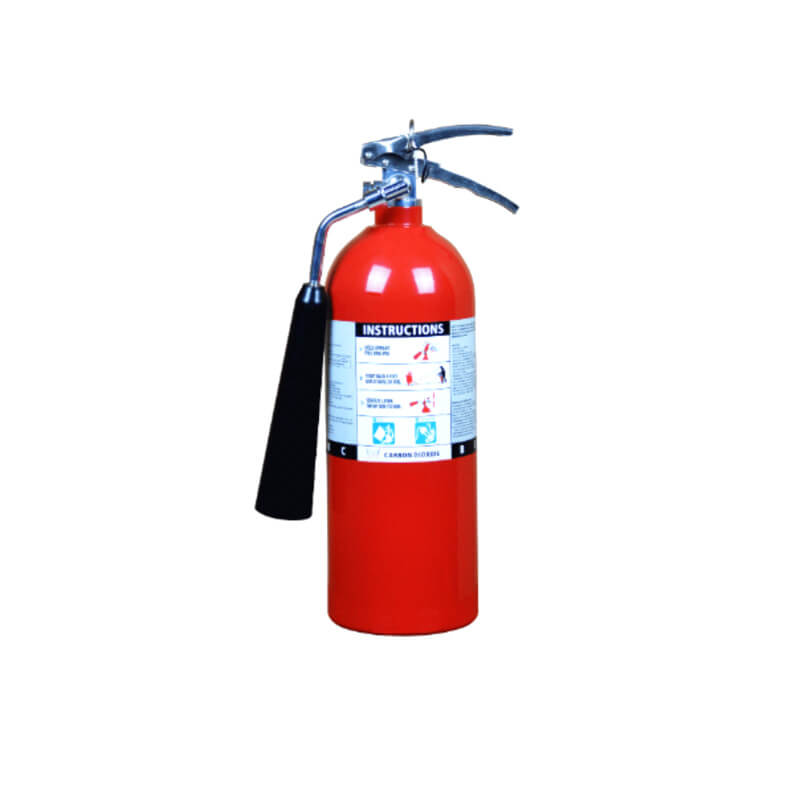
Document Inspections
Record Your Findings
Every inspection must be thoroughly documented, as this can help you keep track of maintenance schedules and overall readiness. Create a systematic record that includes the inspection date, observations made, readings from the pressure gauge, and any maintenance performed or needed. This tracking helps establish a routine inspection plan and assists in regulatory compliance.
Use Checklists
Implementing a standardized checklist for each inspection serves as a valuable tool. A checklist can cover essential areas like identifying the extinguisher type and size, verifying pressure gauge status, checking inspection tags, and inspecting couplings and hoses. Using a checklist minimizes the risk of overlooked issues and reinforces a habit of thorough inspections.
Storing these logs in a centralized location, such as a safety office or a digital database, makes it easier to recall previous inspections and accelerate future maintenance tasks. Regular reviews of your documentation can highlight patterns that may suggest the need for increased vigilance.
Arrange for Professional Maintenance
When to Call a Professional
While completing the basic inspections is within reach for most individuals, certain issues necessitate professional attention. If you observe deficiencies beyond basic maintenance—such as a faulty pressure gauge, damage beyond simple cleaning, or expired units—it’s essential to engage a certified technician.
Trained professionals can conduct a comprehensive evaluation of the extinguisher and perform necessary services to restore compliance and functionality. Whenever in doubt, calling an expert can ensure the safety of your environment.
Regular Maintenance Schedule
No matter how diligent you are in your inspections, you should consider scheduling professional maintenance on a regular basis—usually annually or in accordance with local regulations. Certified technicians will recharge, refill, and repair extinguishers as needed. Following a maintenance schedule ensures that you’re always prepared, allowing you to focus on emergency response without second-guessing the effectiveness of your extinguishers.
Documenting professional visits in your maintenance log will further bolster compliance and provide peace of mind. Knowing that professionals have certified your extinguishers can significantly reduce stress during emergencies, reinforcing your commitment to safety.
Take Fire Safety Seriously
Conducting a proper fire extinguisher inspection is a vital responsibility to protect lives and property. Regular inspections help ensure that your extinguishers function perfectly and are ready for immediate use. By understanding the importance of inspections, checking the basics, examining your equipment, and documenting findings, you can significantly enhance your fire safety measures.
Make inspections a routine part of your safety practices, and don’t hesitate to engage professionals when necessary. A proactive approach to fire safety not only contributes to a secure environment but also fosters a culture that values preparedness. Remember, the crucial time you invest in these safety checks can make all the difference in an emergency, ensuring that you and your property remain protected.
